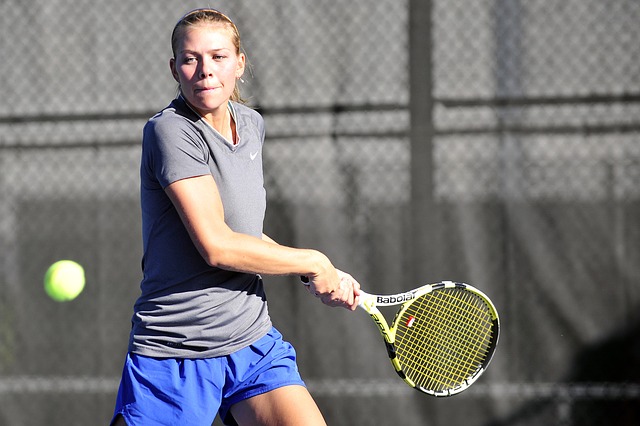In a recent email newsletter, Leo Babauta reminded us of the need to “train your mind with praise”. So often we beat up on ourselves for falling short, for failure to perform to expectations (ours and others) or for an oversight or omission. Our negative self-stories take over and cause us to procrastinate and avoid pursuing what is really meaningful in our life. Leo argues that “shame is a bad teacher” – praise for our self serves to reinforce positive thoughts, emotions and behaviour and leads to good outcomes for others. Leo readily shared how he uses self-praise to strengthen the good habits in his life. Elsewhere he freely shared what enabled him to change his life when he was in a bad place.
Christine Wesson reminds us that the benefits of self-praise include growth of self-confidence. She highlights the fact that what we focus on develops and grows (whether positive or negative) and that, if we appreciate ourselves, others take their cue from our demeanour and appreciate us as well.
What can you praise yourself for today?
You can praise yourself for the numerous positive, small things you do in your day such as:
- Stopping what you were doing and attentively listening to your child or partner
- Being fully present when you give your partner a “good morning” kiss
- Writing that piece for your blog or newsletter or service provider
- Reading something about an act of kindness
- Expressing genuine appreciation to someone – your partner, child, waiter/waitress, taxi driver
- Responding promptly to an enquiry from a friend, relative, client or customer
- Genuinely sharing your feelings with someone close to you
- Making time to be with a friend
- Offering to give someone a lift
- Letting someone into the traffic line who was obviously at a disadvantage
- Making good use of waiting time to focus on awareness (and not your phone)
- Stopping to appreciate the beauty of nature – the ocean, sunset, sunrise, trees, flowers or birds
- Helping someone in need
- Expressing loving kindness towards someone or a group in your meditation
- Taking time to exercise – Tai Chi, walking, gym work, playing tennis, going for a run
- Resisting the temptation to do something else while taking a phone call – being fully present to the speaker.
Really, the list is endless – there is so much that you do during any one day that is praiseworthy – that makes life better for yourself or someone else. You do not have to realise major accomplishments to make a difference in the world – it is the small things that add up to significant positive outcomes for yourself (and your capacity to be kind to others), your mood (which is contagious), your interactions with others and your close relationships.
Just as it is important to give ourselves praise, it is also vital to provide positive feedback to others in the form of genuine appreciation that is timely and specific – you can make their day with a simple act of praise.
Reflection
It seems to be anti-cultural to praise ourselves – it is a lot easier to be “down on our self”. Self-praise builds self-confidence and helps to reinforce our positive thinking and behaviour. It serves to push aside our negative self-stories. As we grow in mindfulness, we can learn to appreciate and praise what we do that is healthy for our self and makes a difference (however small) in the lives of people we interact with. It does not take a lot of time to praise our self, but the effect is cumulative and flows over to all the arenas of our life (whether home, work or sports activity).
_____________________________________
Image by Foundry Co from Pixabay
By Ron Passfield – Copyright (Creative Commons license, Attribution–Non Commercial–No Derivatives)
Disclosure: If you purchase a product through this site, I may earn a commission which will help to pay for the site, the associated Meetup group and the resources to support the blog.

